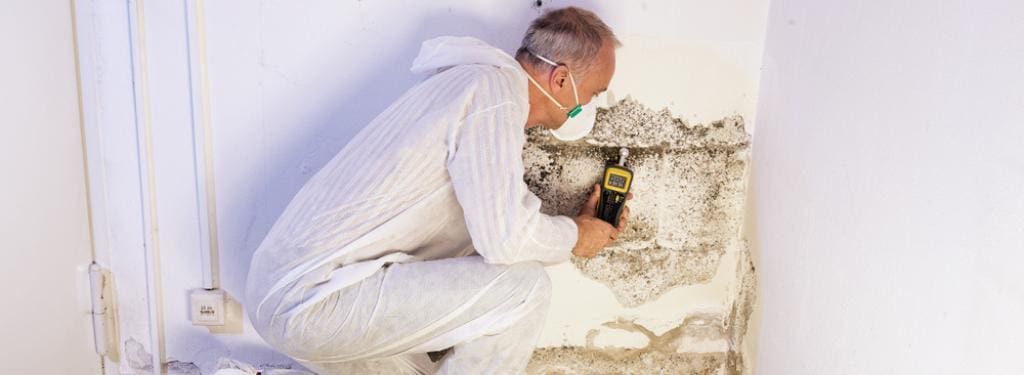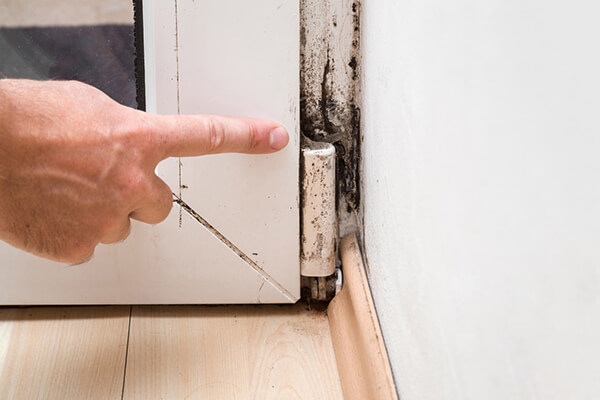Your Ultimate Overview to Article Mold Removal Strategies
Browsing the world of post-mold remediation techniques is a precise process that requires focus to information and a comprehensive understanding of the ins and outs entailed. In the results of mold and mildew problem, recognizing just how to properly remove the mold and avoid its reoccurrence is paramount for keeping a healthy and balanced interior environment. From picking the ideal cleaning and disinfecting approaches to applying approaches for lasting mold and mildew avoidance, each step in the remediation journey plays a crucial role in ensuring an effective outcome. As we embark on this exploration of post-mold remediation techniques, we will certainly uncover the key techniques and finest practices that can aid you restore your space to its pre-mold condition and guard it against future mold threats.
Recognizing Post-Mold Removal Process
After completing the mold and mildew removal procedure, it is vital to comprehend the post-mold remediation strategies that are necessary to ensure a reliable and thorough clean-up. As soon as the mold and mildew has been removed, the next action involves cleansing and disinfecting the influenced areas to protect against any kind of regrowth of mold.
Furthermore, performing a final evaluation post-remediation is essential to make certain that all mold and mildew has actually been successfully removed. This inspection ought to entail a complete visual check in addition to potentially air tasting to validate the absence of mold spores airborne. If the evaluation discloses any type of remaining mold, extra remediation may be necessary. Last but not least, educating passengers on precautionary procedures such as regulating dampness levels and promptly attending to any kind of water leaks can assist preserve a mold-free setting.
Effective Cleansing and Decontaminating Approaches

Preventing Future Mold Development

Importance of Appropriate Air Flow
Proper air flow plays a critical duty in avoiding moisture build-up, a crucial consider mold growth within interior environments. Reliable ventilation systems aid get rid of excess humidity from the air, minimizing the chances of mold and mildew spores finding the wetness they need to sprout and spread. Without adequate air flow, interior spaces can end up being a reproduction ground for mold and mildew, resulting in possible health risks and structural damages.
By making official source certain correct air flow, air flow systems can likewise help in drying out damp locations quicker after water damages or flooding incidents, even more hindering mold growth. Post Mold remediation cleaning. In rooms like restrooms, kitchen areas, cellars, and attic rooms where wetness levels have a tendency to be greater, setting up and preserving reliable air flow systems is crucial in avoiding mold invasions

Surveillance and Upkeep Tips
Provided the critical duty that appropriate air flow plays in stopping mold development, it is vital to establish efficient surveillance and maintenance ideas to guarantee the ongoing performance of air flow systems. Regular assessments of air flow systems must be conducted to check for any indicators of obstructions, leaks, or breakdowns that might hinder appropriate air flow. Monitoring moisture levels within the home is also critical, as high humidity can add to mold and mildew growth. Setting up a hygrometer can aid track humidity degrees and alert house owners to any spikes that may need focus. Furthermore, making certain that air filters are frequently cleansed or replaced is vital for keeping the efficiency of the ventilation system. Carrying out a timetable for routine maintenance tasks, such as air duct cleansing and HVAC system evaluations, can assist protect against issues before they intensify. By staying positive and conscientious to the condition of ventilation systems, residential property proprietors can effectively mitigate the risk of mold regrowth and preserve a healthy indoor atmosphere.
Verdict
In final thought, post-mold removal methods are crucial for making sure a risk-free and tidy environment. Comprehending the procedure, implementing effective cleaning and decontaminating approaches, protecting against future mold growth, preserving proper air flow, and regular tracking are all critical action in the remediation procedure. By adhering to these guidelines, you can efficiently get rid of mold and mildew and avoid its return, advertising a healthy and balanced living or working area for all occupants.
In the after-effects of mold infestation, recognizing exactly how to properly eliminate the mold and mildew and prevent its reoccurrence is vital for preserving a healthy and balanced indoor atmosphere. Once the mold has actually been eliminated, the following step involves cleaning and decontaminating the affected areas to protect against any regrowth of mold and mildew - After mold remediation. After removing visible mold development, it is critical to clean all surfaces in the damaged location to eliminate any type of continuing to be mold spores. To additionally boost mold and mildew prevention actions, it is necessary to deal with underlying issues that initially led to mold and mildew development.Offered the vital duty that proper air flow plays in stopping mold and mildew development, it is vital to develop go effective tracking and upkeep pointers to his comment is here guarantee the ongoing capability of ventilation systems